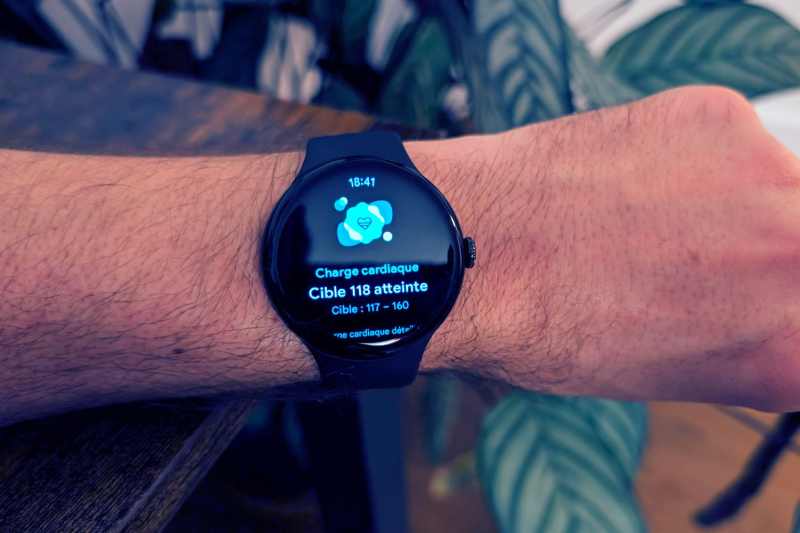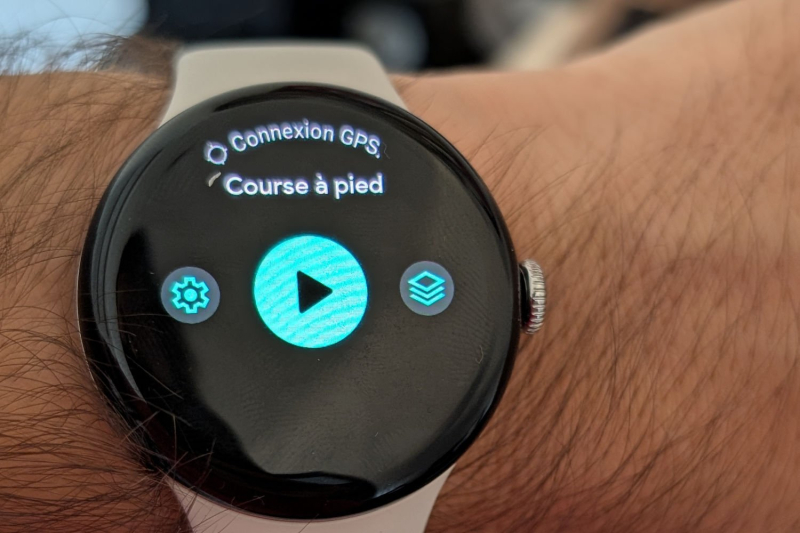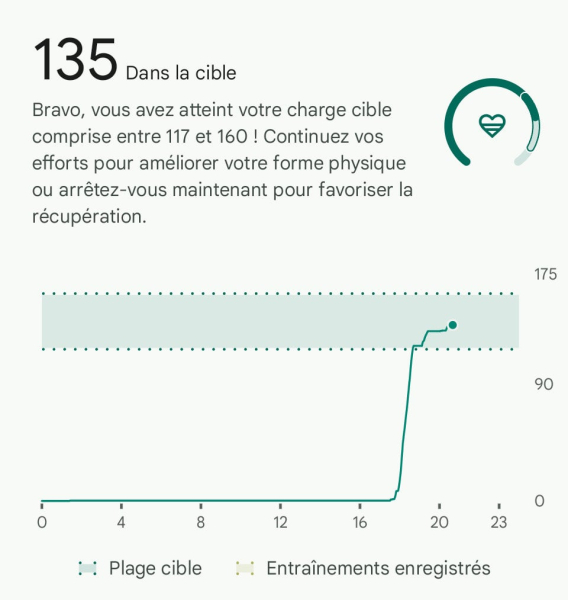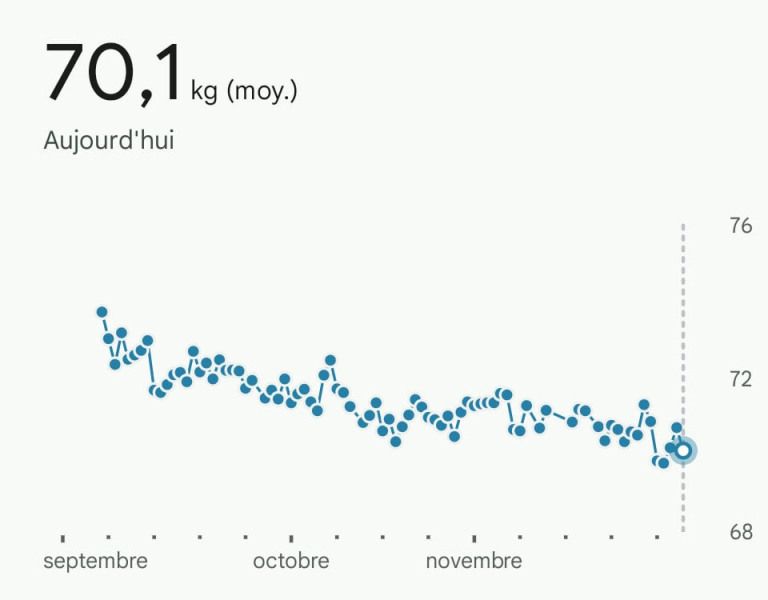
© MC for Lemon Squeezer
There are many reasons to want to lose weight (mass, to be precise), whether it’s for health reasons or to feel better, but it’s not always an easy task. Fortunately, technology is here to help us, whether it’s to track your progress, measure your vital signs, or simply to generate a source of motivation.
Before I tell you how I lost 10 kg, I think it’s important to tell you about me, because we are all different and what applies to me may not necessarily apply to you.
Being “overweight” without realizing it
In June, I weighed about 81 kg for 1.75 m and 20.5% body fat (because this is the indicator you want to see decrease, muscle weighs more than fat). I will spare you the calculation, this represents a BMI (Body Mass Index) greater than 26. Nothing alarming, far from it, but the WHO still qualifies this as “overweight”. I also noted the presence under my navel of what can be described as a “small beer belly”, the result of several years of good-natured habits and, above all, a lack of sport. This cessation of my physical activity is mainly linked to an old injury that had totally demotivated me from putting on my running shoes or my climbing shoes again.
Without being a great athlete, I have always liked to exert myself, so I have what some might call a fast metabolism. So I never worried too much about being body shamed by my scale every morning, even though I was far from the 68 kg of my 30 years.

© Presse Citron
However, in July, I decided to change my life. Suddenly having a lot more free time, I chose to slowly get back into sports to test the limits of my body. I accompanied this with two changes in my diet: first of all, I completely stopped drinking alcohol (which was certainly one of the best decisions of my life), and I replaced my bread and cheese snacks with a fruit when I was hungry outside of meals. These details are not really insignificant since they alone reduced my belly size as well as the number on the scale by 3 kg.
July is also the release date of the Pixel Watch 3, which has not left my wrist since. This is definitely what played the biggest role in this weight loss that I didn't expect.
Setting a goal
Having already owned the previous model for several months, I was used to the data recorded by the Fitbit application, but what made the difference was a new indicator specific to this version: the cardiac load. And for good reason: I did not particularly want to lose weight and therefore never set myself a goal going in this direction. Here, Fitbit offered me two: “Maintain cardio level” or “Improve cardio level (without overtraining)”. I opted for the second one, out of curiosity.
What is cardiac load ?
Based on the TRIMP (TRaining IMPulse) model, my watch calculates a score for me to reach every day based on my resting heart rate, my activity and a good number of factors already known by the application. To increase my score, there is only one solution: do exercises that put my heart to work. The longer and more intense the activity, the faster the points accumulate.
200% Deposit Bonus up to €3,000 180% First Deposit Bonus up to $20,000
© Manuel Castejon – Lemon squeezer
I'm taking the example of the smartwatch that I own here, but you'll also find this metric on other brands, such as Garmin watches or the Apple Watch for example.
What I like about this indicator is that it adapts well to my mood and physical state. Although I receive a notification every morning on my wrist to tell me my target load for the day, I check it regularly after midnight to know what the effort will be the next day. I have seen a score to reach close to 120 when I lay my head on the pillow and noticed it reduced to 1 a few hours later after insomnia prevented me from closing my eyes at night.
Of course, I also occasionally allow myself not to listen to my watch, for example if I know that I will be making an intensive effort the next day or if I do not feel well. Sport is a pleasure for me and it could end up disgusting me if it became a constraint.
Avoiding overtraining
Since July, I have therefore listened to what my watch asks me to do on a daily basis. I have created my own sports routines that will more or less work my cardio: cycling, skipping rope, home exercises… it is up to you to decide according to your desires and your body, the main thing being to exert yourself. In my case, I started with non-impact exercises to preserve my joints (at almost 40 years old, this is an important element), before gradually adding more to accompany the progressive increase in my target load.
To please this new divinity that punctuates my days, I started to favor the bike for all my trips and no longer just for fun. I found myself going out to jump rope in the rain to earn a lot of points in a short time. From a simple pleasant pastime, the experience has become a rhythm of life, without me even realizing it. I even took up climbing and running again, because I have confidence in my joints again that I have strengthened in recent months.
Today, sport represents 5 to 6 hours of my weekly time and I hope that this will last for a long time. To ensure this, I take care not only to reach my daily goal, but also not to exceed it (too much). For fear of (re)injuring myself… I haven't played sports for three years, I really don't want to fall into that trap again.
A personal experience
After five months at this pace, my scale now shows me 70 kg for 13.5% body fat. My body looks like it did in my youth and I feel much better on a daily basis. I have changed my goal to “Maintain level” (at least for the winter) and I am managing to keep a pace that suits me.

© Manuel Castejon – Lemon squeezer
As I said in the preamble, this is my personal experience and not medical advice. If it works for me by continuing to eat raclettes and burgers, you may need to consult your GP or a dietician to achieve the same result. The important thing here is not the loss of mass, which was not even a goal for me originally, but just a bonus. On the other hand, finding a source of motivation that pushes you to move more if your lifestyle is sedentary and gradually developing a taste for sport can only do you good.
In my case, the motivation came from a new indicator on my smartwatch that worked through gamification. Filling up my cardio points is a habit that has become part of my daily life, like my coffee when I wake up or opening boosters on Pokémon Pocket. Maybe this can work for you too!
📍 To not miss any Presse-citron news, follow us on Google News and WhatsApp.

